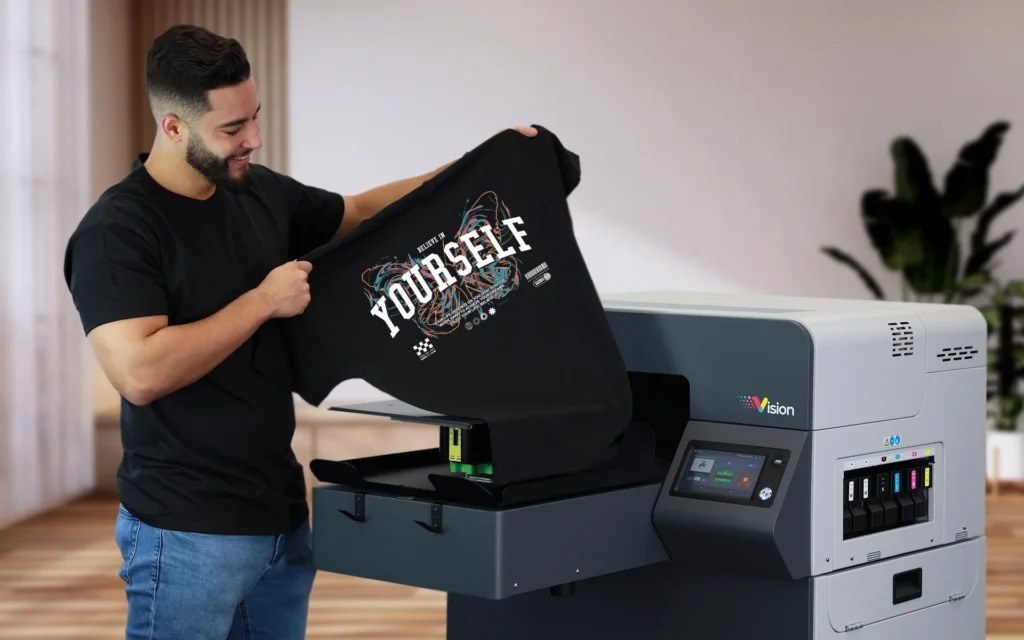In the world of packaging, corrugated boxes play a crucial role in ensuring the safe and secure transportation of goods. These seemingly simple cardboard boxes are, in fact, a product of advanced manufacturing processes and cutting-edge technology. In this blog, we’ll delve into the fascinating world of Corrugated Box Making Machine, exploring the key processes, innovations, and environmental considerations that shape this industry.
The Basics of Corrugated Box Manufacturing:
Corrugated boxes are made from a material known as corrugated cardboard, which consists of three layers – two flat outer layers and a wavy inner layer, known as the corrugated medium. The manufacturing process involves a series of intricate steps:
- Paper Production: The process begins with the production of paper. Typically, recycled paper and wood pulp are mixed and processed to create the various layers of the corrugated cardboard.
- Corrugating: The corrugated medium is created by passing the paper through corrugating rollers. This imparts the characteristic wavy pattern that gives the material its strength and durability.
- Gluing and Laminating: The flat outer layers and the corrugated medium are then glued together, creating a single sheet of corrugated cardboard. The glue used is specially formulated to provide both strength and flexibility.
- Cutting and Folding: The corrugated cardboard sheets are cut and folded into the desired box shapes. Advanced machinery ensures precision and efficiency in this stage of the manufacturing process.
Innovations in Corrugated Box Manufacturing:
The corrugated box manufacturing industry is not immune to technological advancements. Several innovations have been introduced to enhance efficiency, reduce waste, and meet the evolving demands of the market:
- Digital Printing: Traditional box printing methods are being replaced by digital printing technologies, allowing for more intricate and customizable designs. This not only enhances the visual appeal of the boxes but also supports branding efforts.
- Automated Production Lines: Automation has significantly improved the speed and accuracy of corrugated box manufacturing. Advanced machines handle various tasks, from cutting and folding to gluing and quality control, leading to higher production volumes and reduced labor costs.
- Sustainable Materials: With growing environmental awareness, the industry is increasingly shifting towards sustainable materials. Many manufacturers now use recycled cardboard and eco-friendly glues, contributing to the reduction of environmental impact.
Environmental Considerations:
Corrugated box manufacturers are actively addressing environmental concerns by adopting eco-friendly practices. From using recycled materials to implementing energy-efficient manufacturing processes, the industry is making strides towards sustainability. Additionally, recycling programs encourage the reuse of corrugated boxes, minimizing their impact on landfills.
Conclusion:
Beyond their simple appearance, corrugated boxes are a testament to the intersection of technology, innovation, and environmental responsibility. As the demand for efficient and sustainable packaging solutions continues to rise, the corrugated box manufacturing industry is poised for further evolution.



